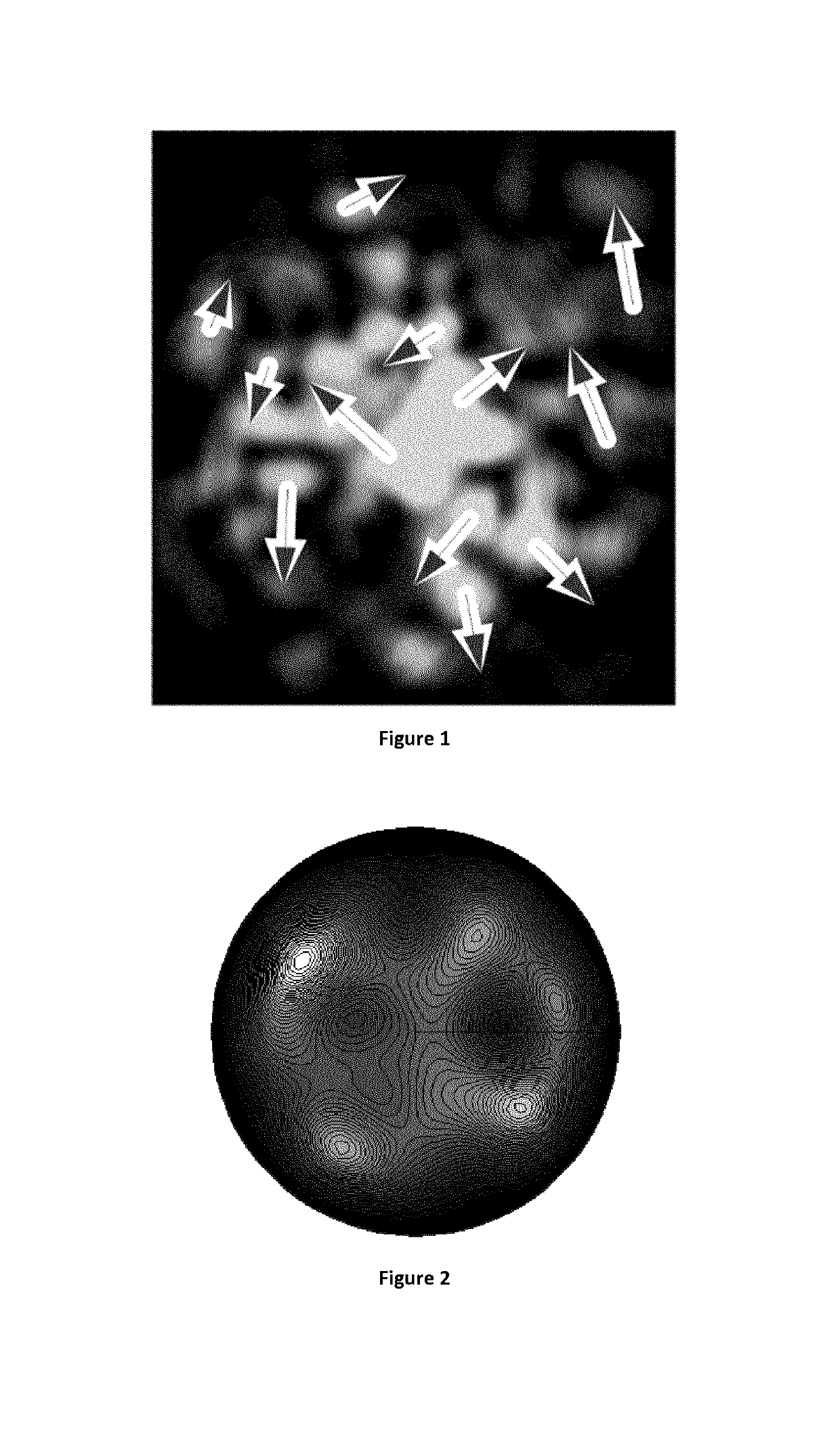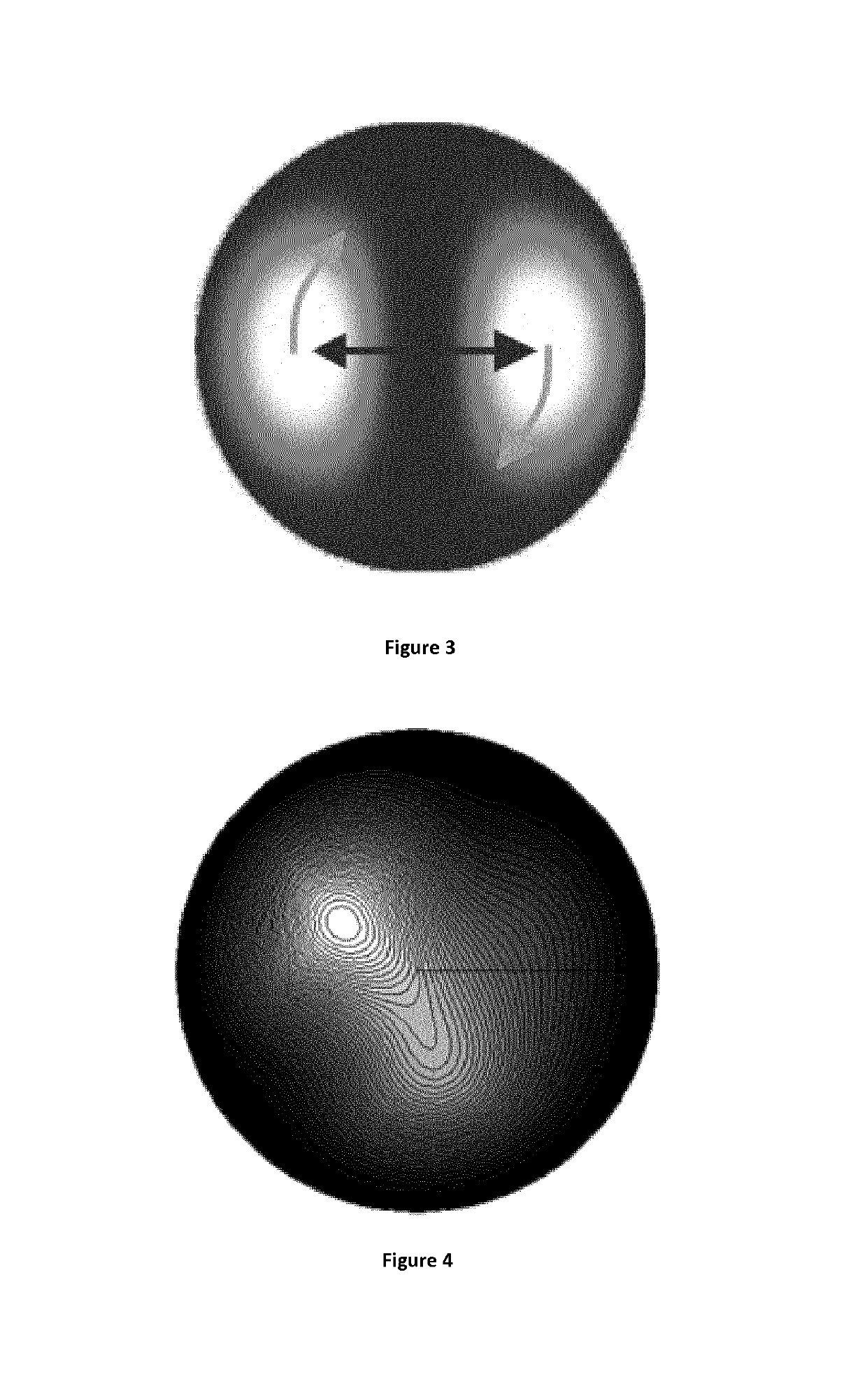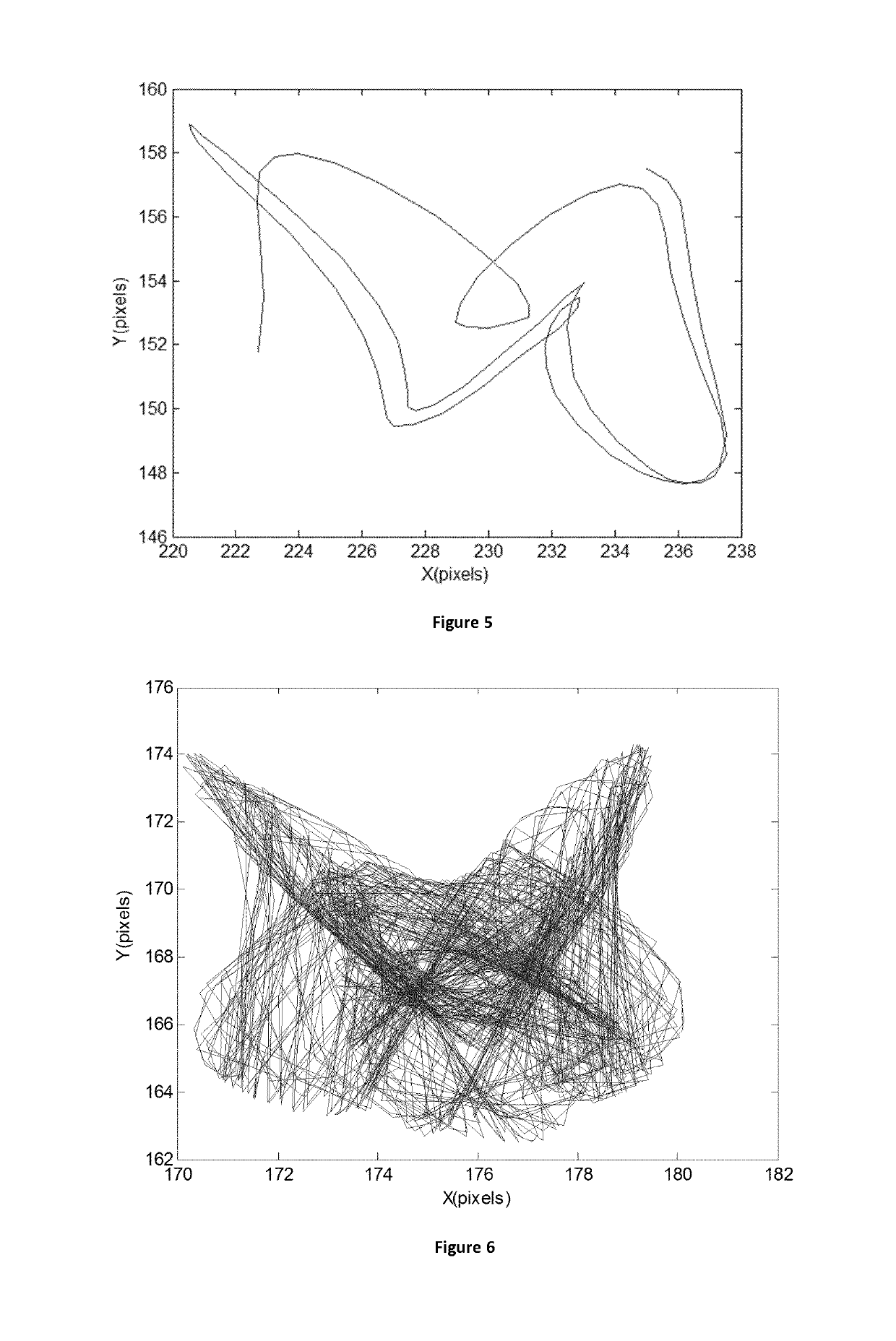Temperature sensor
a technology of temperature sensor and sensor body, which is applied in the direction of heat measurement, material thermal conductivity, instruments, etc., can solve the problems of unsolved failure, heavy damage, and injuring people, and achieve the effect of reducing the cost of failure, and improving the quality of failur
- Summary
- Abstract
- Description
- Claims
- Application Information
AI Technical Summary
Benefits of technology
Problems solved by technology
Method used
Image
Examples
Embodiment Construction
[0051]In the present invention a few mode optical fibre is an optical fibre operated at a wavelength at which more than one propagation mode is allowed, but wherein the number of propagation mode is limited to a value permitting an interference pattern with one or transiently two lobes.
This few modes conditions can be obtained in so called few-modes fibres. Typically, this is obtained by using an optical fibre having less than 30 (preferably less than 12) propagation modes at the used wavelength.
[0052]In the present description, the term “lobe” is to be understood as as a contiguous part of the interference pattern whose intensity is larger than a threshold level and which comprises a local maximum of intensity . . .
[0053]Preferably, the number of propagation mode is limited to a value permitting only one lobe. Nevertheless, a second lobe can appear transiently.
[0054]Temperature affects the light propagation in an optical fibre mainly in two ways: thermal expansion and refractive in...
PUM
| Property | Measurement | Unit |
|---|---|---|
| temperature | aaaaa | aaaaa |
| temperature | aaaaa | aaaaa |
| temperature | aaaaa | aaaaa |
Abstract
Description
Claims
Application Information
 Login to View More
Login to View More - R&D
- Intellectual Property
- Life Sciences
- Materials
- Tech Scout
- Unparalleled Data Quality
- Higher Quality Content
- 60% Fewer Hallucinations
Browse by: Latest US Patents, China's latest patents, Technical Efficacy Thesaurus, Application Domain, Technology Topic, Popular Technical Reports.
© 2025 PatSnap. All rights reserved.Legal|Privacy policy|Modern Slavery Act Transparency Statement|Sitemap|About US| Contact US: help@patsnap.com



